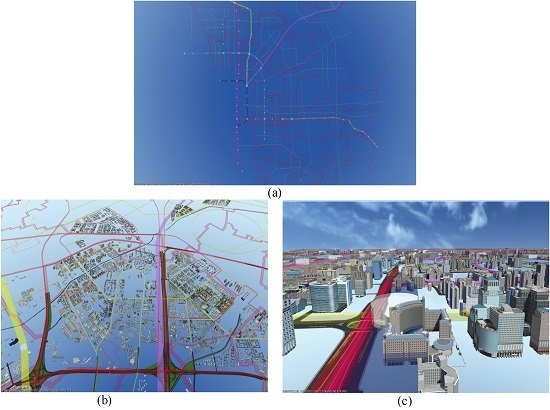Texture-Cognition-Based 3D Building Model Generalization
Abstract
Share and Cite
Liu, P.; Li, C.; Li, F. Texture-Cognition-Based 3D Building Model Generalization. ISPRS Int. J. Geo-Inf. 2017, 6, 260. https://doi.org/10.3390/ijgi6090260
Liu P, Li C, Li F. Texture-Cognition-Based 3D Building Model Generalization. ISPRS International Journal of Geo-Information. 2017; 6(9):260. https://doi.org/10.3390/ijgi6090260
Chicago/Turabian StyleLiu, Po, Chengming Li, and Fei Li. 2017. "Texture-Cognition-Based 3D Building Model Generalization" ISPRS International Journal of Geo-Information 6, no. 9: 260. https://doi.org/10.3390/ijgi6090260
APA StyleLiu, P., Li, C., & Li, F. (2017). Texture-Cognition-Based 3D Building Model Generalization. ISPRS International Journal of Geo-Information, 6(9), 260. https://doi.org/10.3390/ijgi6090260





